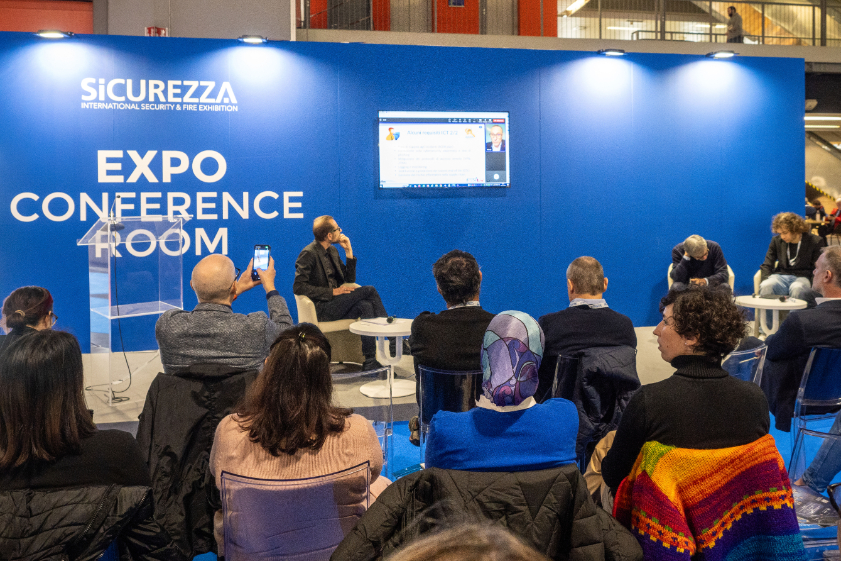At this point in the year, as usual, the Polytechnic University of Milan brings out their data on the smart home and smart building markets, shedding some light on a sector that, for a long time, was swallowed up by figures on a very different scale, without any real clarity (the electrical and plumbing world, to be exact).
While waiting for the “new normal”, which will gradually take hold throughout 2021, there has been a great deal of curiosity on how the market performed in a year as abnormal, and for many sectors disastrous, as 2020.
Well, the first thing to point out is the mismatch between the two reports presented. The smart home one shows market trends in 2020, while the smart building one is still based on data from 2019, since the 2020 data collection is still in progress and due to be presented at the SMART BUILDING EXPO in November.
So we’re dealing with inconsistent figures, which are significant nevertheless.
The first thing to point out is that these are two very different markets. The smart home market has a turnover of around €500 million per year, while the smart building market is worth around €8 billion, €2 billion of which is technologies that can be defined as highly intelligent, and therefore genuinely smart.
But, as we said, the most eagerly awaited figure was how well it held up in 2020, according to the smart home observatory. Despite the pandemic and lockdowns, there was no major collapse, just a slight 5% drop from the 2019 figure. A figure that brings a sigh of relief to everyone in the sector. A small downturn, which is just a blip in a remarkable, continuous curve of growth that’s been increasing for years and forecast to pick up again starting in 2021 with the help of huge tax benefits which also affect home automation.
Data from the Smart Building Observatory confirms the market’s significant growth throughout 2019 and, according to some initial surveys, will likely also verify the modest drop in 2020 and the predictions that it will hit the ground running in 2021. So much so that, according to the study carried out by the Polytechnic University of Milan’s Energy&Strategy group, the sector is projected to see a 75% increase in revenue compared to the 2019 figure over the next five years.
Encouraging data, showing significant changes in Italians’ attitudes towards the home which, in 2020, saw a clear shift from the “hangout-home” concept to the “nest-home” concept, with an unusual 46% of people stating they would like to do up their homes to adapt them to their needs, also making use of innovative technologies.
Also highly significant in this regard is the evolution of product trends: security still takes first place, but the fastest growing trend is for virtual assistants, smart home appliances and air conditioning systems, all of which are tending to be integrated into interoperable platforms.
This is also where home and building meet, given that energy efficiency is, without a doubt, the real driver of growth in the sector nowadays, and will be even more so in the future. On top of that, there’s the abandonment of silo solutions in favour of increasingly integrated, modular solutions with health and comfort at the forefront of the sector's development in the coming years.


.jpg)




